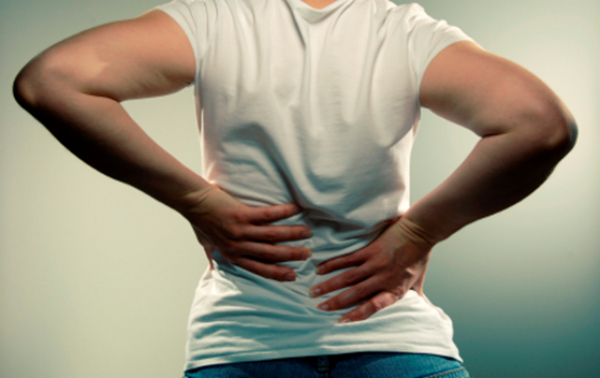
Sciatica is a lower limb and back pain associated with the injury or pressure on the body’s longest nerve called Sciatic nerve which originates from the Lumbar spine. In this condition, there are increased incidences of acute pain in any one of the legs, inner thigh, hips and buttock. In a broader perspective, Sciatica is not a disease by itself; rather it is an indicator of an underlying disease, the diagnosis of which must be carried out appropriately. Due to this fact, the root cause for the pain being generated in the sciatic nerve must be determined so as to embark upon successful treatment procedures.
Causes
Among the various suspected causes of Sciatica, the following six are the most comprehensive in explaining the dysfunctional nature of the sciatic nerve:
- Lumbar Disc Herniation
In this condition, the soft inner core of the lumbar disc leaks out i.e. herniates and causes abrasive action on the nerve ending of the sciatic nerve as the disc exits outward. In such cases, the disc might protrude out of the spine to some extent and generally causes a lot of pain.
2. Disc Aging
Over years of stress and strain in the spinal region, the discs age over time. However, in some people the aged and weakened discs pose to cause extreme motion in a micro level, thus leading to nerve ending irritation and sciatica.
3. Lumbar Spinal Stenosis
This condition is generally observed in elderly population where the spinal canal narrows with age due to outgrowth of soft tissues, disc degeneration, gaping facet joints.
4. Piriformis Syndrome
The sciatic nerve lies directly under the piriformis muscle in the buttock region. If this muscle during its activity presses down on any of the sciatic nerve, it cause sciatica pain due to piriformis syndrome.
5. Sacroiliac Pressure
As a result of the irritation of the last unit of the spine, the saccral disc, it may lead to the pinching of sciatic nerve causing acute leg pain.
6. Strained Muscle
A strained muscle inflammation can cause the depression on any sciatic nerve leading to sciatic pain.
Symptoms
The most common symptoms which are easily assessed are:
- Leg pain
- Numbness
- Tingling effect reaching downward in the leg toward the thigh from the spine
- Burning feeling
- Acute pain in only one leg
- Pain felt after standing or sitting for a long time, sneezing, laughing or walking with a bent back for a prolonged period.
Treatment
The treatment of Sciatica completely varies upon the severity of the symptoms shown in the affected people. For many people, specially formulated exercises go a long way in order to keep the sciatica pain in check without the intervention of any surgical methods. While using non surgical methods, the practice of using an ice pack for about 20mins every couple of hours on the pain afflicted leg brings about almost instant relief, but is not a cure; while on the other hand there are people who experience more relief with hot bag therapy for the same duration.
The usage of over-the-counter drugs for short term relief is also quite prevalent with prominent drugs like Ibuprofen, Naproxen and other non steroidal anti inflammatory drugs which can be procured without prescription too.
Contrary to other beliefs, bed rest is not encouraged in people with sciatica as prolonged inactivity also leads to heightened pain in the leg, buttock, thigh and lower back regions. The activity level needs to be reduced for initial few days and then it can be started on a milder note with avoidance of heavy weight lifting at any point of time.
However, in the incidence of severe sciatica pain, the administration of epidural steroid injection is usually prescribed by doctors to relieve the pain.
Other contemporary treatment methods include those of Acupuncture, Massage Therapy, Physiotherapy in the lower back to help soothe the pain.
Preventive measures
It has been estimated that more than 68% of adults in the age group of 28 to 45 years experience severe back pains almost as regularly as a headache. In pregnant women too, there are increased chances of developing sciatica due to the growing uterine pressure on the lumbar region. It is always recommended to take preventive measures against the development of this kind of spinal dysfunction. However, the only preventive measure that can be noted down is to avoid creating excess pressure on the legs and buttocks due to sitting for a long time. Thus, being active is the key word which can help keep ailments like sciatica at bay.




